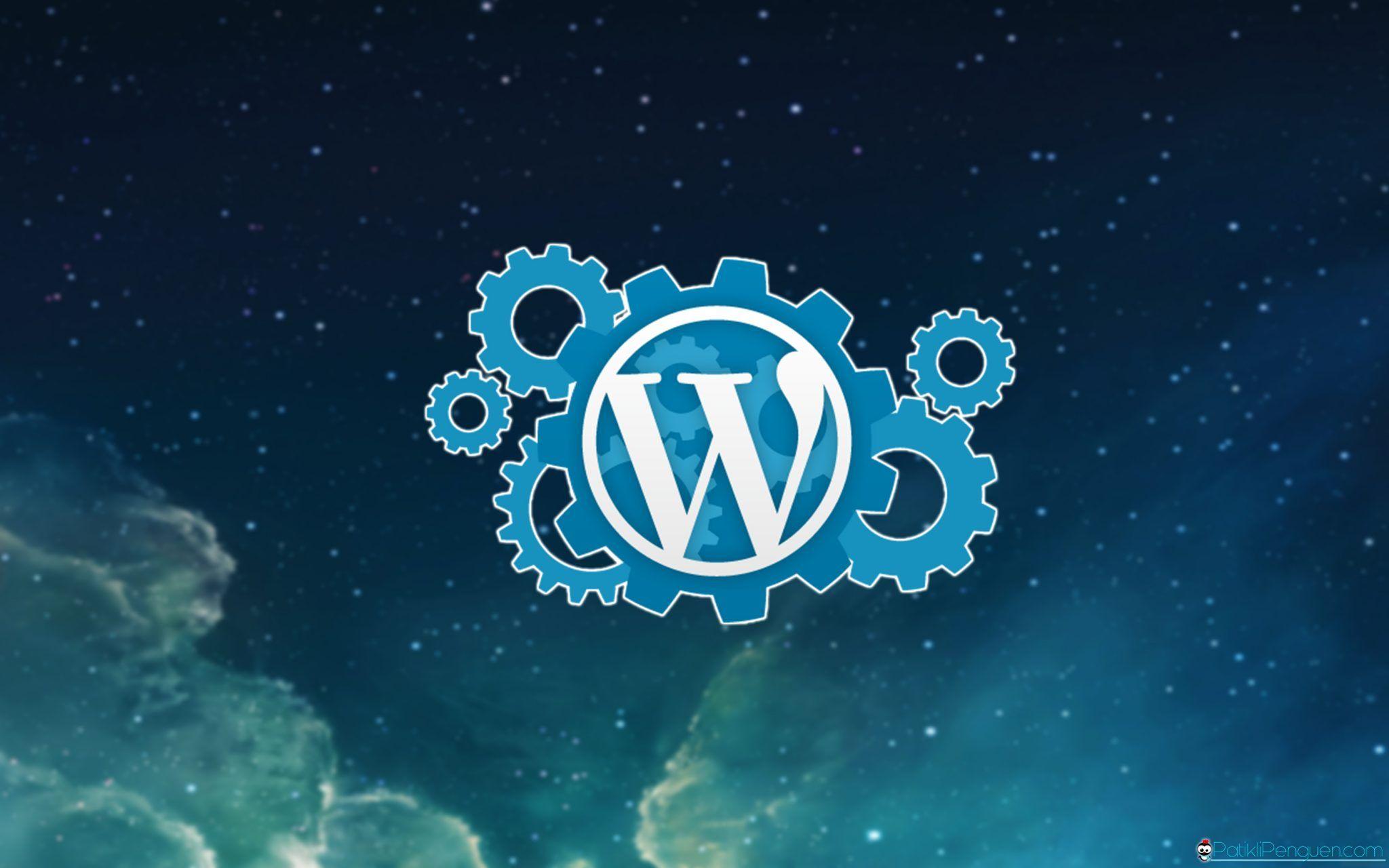What is the aim of a WordPress theme?

The function of a WordPress theme is to discover out the general design, format, and visible appearance of a WordPress website. In other phrases, a theme serves because the template or "skin" on your website, defining how it seems and the way content is introduced to visitors. Here are the primary functions of a WordPress theme:
Aesthetic Design: Themes define the visual style of your web site, including the colours, fonts, typography, and overall look and feel. A well-designed theme helps create a visually interesting and professional website.
Layout Structure: Themes establish the structure structure of your website, including the arrangement of headers, footers, sidebars, and content areas. Different themes offer varied layout options, similar to one-column, two-column, or three-column layouts.
Responsive Design: Many modern WordPress themes are designed to be responsive, meaning they adapt and show correctly on numerous units and screen sizes, including desktops, tablets, and smartphones.
Customization: Themes typically include customization options that permit users to modify the theme's settings while not having to put in writing code. This contains options for changing colours, background photographs, header kinds, and extra.
Content Presentation: Themes determine how different varieties of content material, similar to blog posts, pages, pictures, and multimedia, are introduced to guests. They outline the structure of single submit pages, archive pages, category pages, and extra.

Navigation Menus: Themes provide the framework for creating navigation menus, including primary menus within the header, secondary menus in the footer, and custom menus in sidebars or other widgetized areas.
Widget Areas: Themes define widgetized areas the place customers can add widgets to display various content, similar to current posts, social media feeds, calendars, and search bars. These widget areas are usually found in sidebars, footers, or other designated locations.
Page Templates: Themes usually embody different page templates for varied functions, corresponding to a default page template, a full-width page template, a contact page template, and more. These templates can be selected when creating or editing individual pages.
Integration with Plugins: Themes may be designed to work seamlessly with particular plugins, enhancing the functionality of your web site. For instance, an e-commerce theme may be optimized for compatibility with an e-commerce plugin like WooCommerce.
https://blackfriday.so/ : Themes enable users to customize the header and logo of their web site, helping to ascertain a consistent brand identification.
SEO Features: Some themes are built with search engine marketing (SEO) in mind, offering options that assist enhance the website's visibility in search engine outcomes.
Loading Speed: Well-coded themes contribute to sooner website loading instances, which can enhance consumer expertise and search engine optimization rankings.
Security: Themes should be stored up to date to make sure they're secure and free from vulnerabilities. Security-conscious themes follow greatest practices to reduce security risks.
User Experience: The layout, construction, and total design of a theme considerably impression the consumer experience on your web site. A user-friendly theme could make navigation and content material consumption easier for guests.
In abstract, a WordPress theme performs an important function in figuring out how your website seems and capabilities. It lets you customize the looks and layout of your website to align along with your model, content, and user preferences. Choosing the right theme is a vital decision in building a successful WordPress web site..
